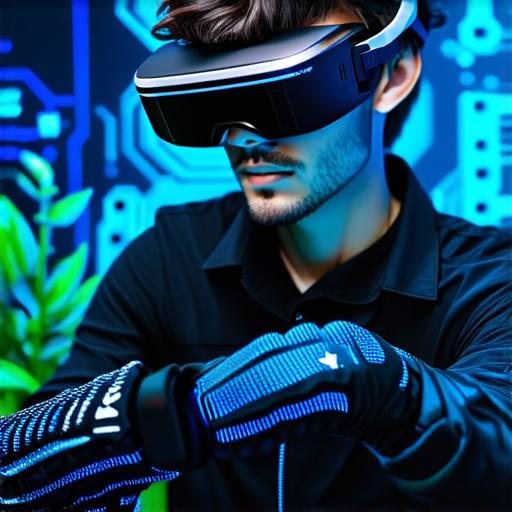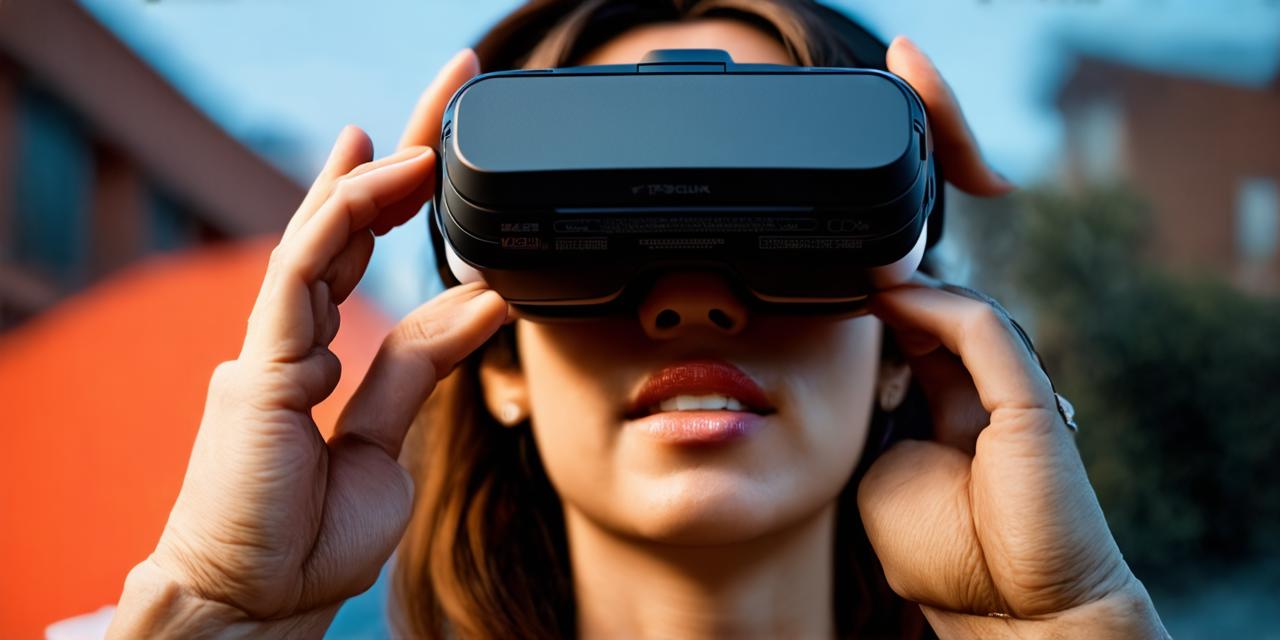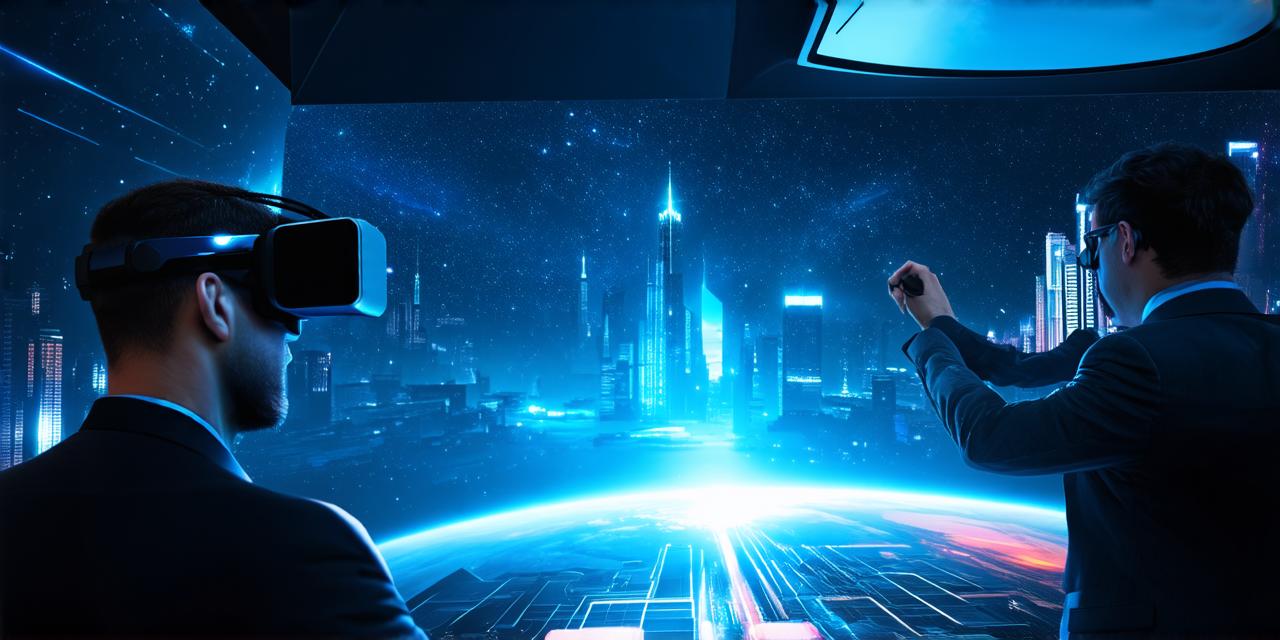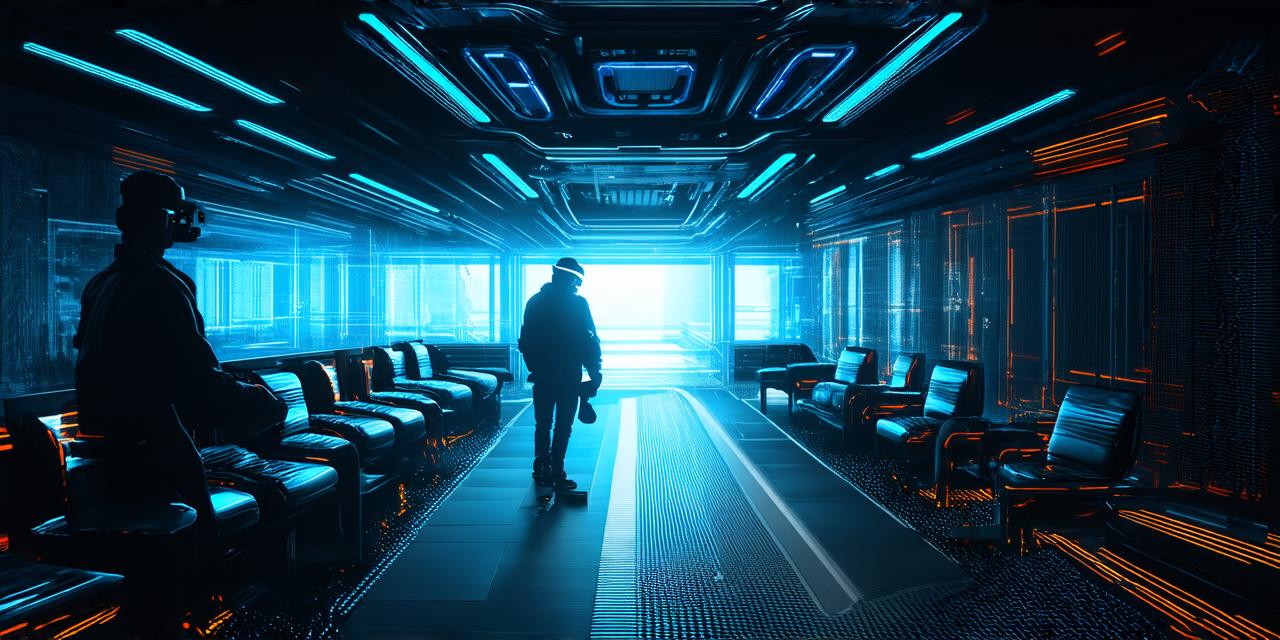What is Virtual Reality?
Virtual reality (VR) technology is transforming the way we experience and interact with digital content. VR environments allow users to fully immerse themselves in a simulated environment, providing an unparalleled level of engagement and interaction.
The Importance of Designing for VR
Designing for VR requires a different approach than designing for traditional media such as television or computers. In VR, users are fully immersed in the environment, which means that every element of the design must be optimized for this unique experience.
Key Components of a VR Environment
There are several key components that make up a successful VR environment. These include:
- Immersion – The ability to fully immerse users in the environment is what makes VR so compelling. This can be achieved through the use of realistic visuals, spatial audio, and other sensory cues.
- Interactivity – VR environments should be highly interactive, allowing users to explore and interact with the virtual world in a meaningful way. This can be achieved through the use of intuitive controls and natural movements.
- Engagement – A successful VR environment should be engaging and hold the user’s attention. This can be achieved through the use of compelling storytelling, interactive gameplay, or other forms of entertainment.
- Performance – VR environments must be optimized for performance, as even small delays or lag can cause motion sickness and disrupt the immersive experience.
- User Experience – The overall user experience should be seamless and intuitive, with minimal friction between the user and the virtual environment.

Case Studies: Successful VR Environments
There are many examples of successful VR environments that can serve as inspiration for AR developers. One popular example is the VR game “Beat Saber,” which uses simple, intuitive controls to allow users to interact with a virtual world in a highly engaging way. Another example is the virtual reality tour of the Louvre Museum, which allows users to explore the museum’s many exhibits in a fully immersive way.
Designing for Mobile VR
Mobile VR devices, such as smartphones and tablets, offer a convenient and accessible way to experience virtual reality. AR developers can take advantage of this technology by designing their environments specifically for mobile devices. This includes optimizing the environment for smaller screens and ensuring that it is easy to navigate using touch controls.
Creating a VR Environment Using Unity
Unity is a popular game engine that can be used to create virtual reality environments. It offers a wide range of tools and features that make it easy for AR developers to design and develop their environments. Some key features of Unity include:
- Asset Store – Unity has a large asset store that offers pre-made assets and tools that can be used to build VR environments quickly and easily.
- Scripting – Unity supports a variety of scripting languages, including C and JavaScript, making it easy for AR developers to create custom scripts and interactions.
- Collaboration – Unity includes features for collaborating with other developers, making it easy to work on large-scale VR projects with a team.
- Analytics – Unity includes analytics tools that can be used to track user behavior and optimize the environment for performance.
- Integration – Unity can be integrated with a wide range of devices and platforms, including mobile devices and virtual reality headsets.
Creating a VR Environment Using ARKit
ARKit is a framework developed by Apple that allows developers to create augmented reality experiences on iOS devices. While not specifically designed for VR environments, ARKit can be used to create immersive, interactive experiences that can serve as a starting point for more complex VR projects.




